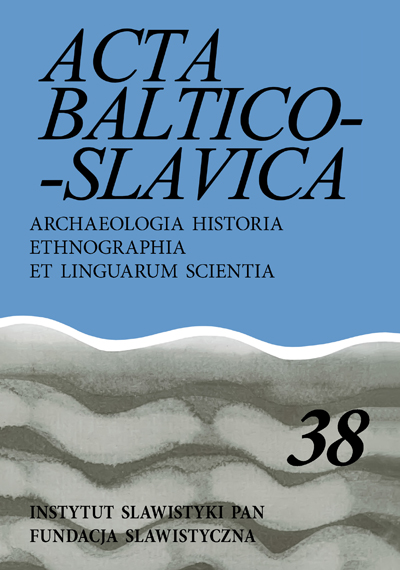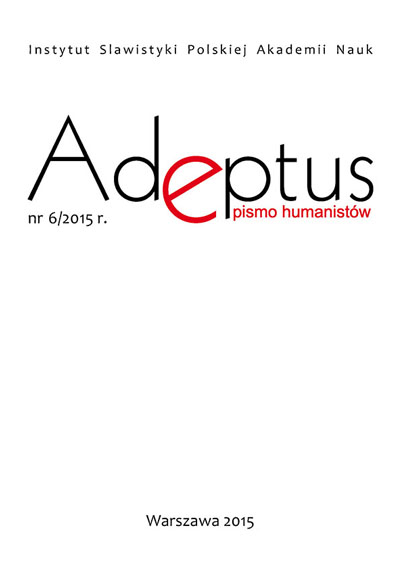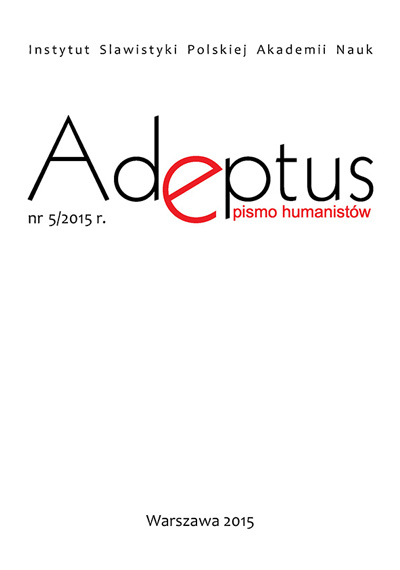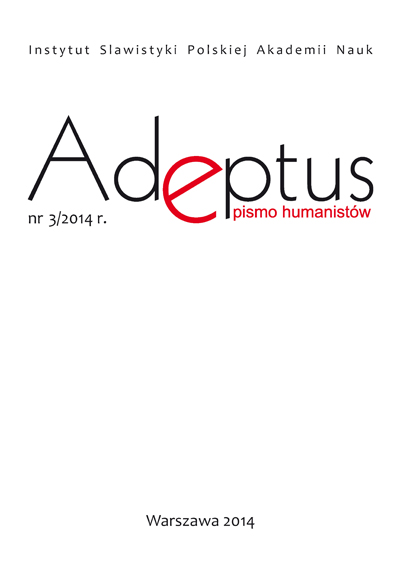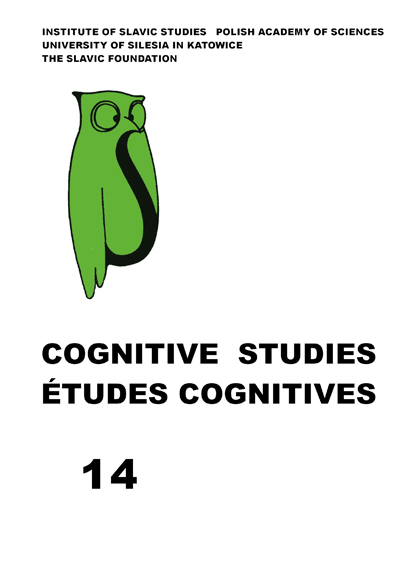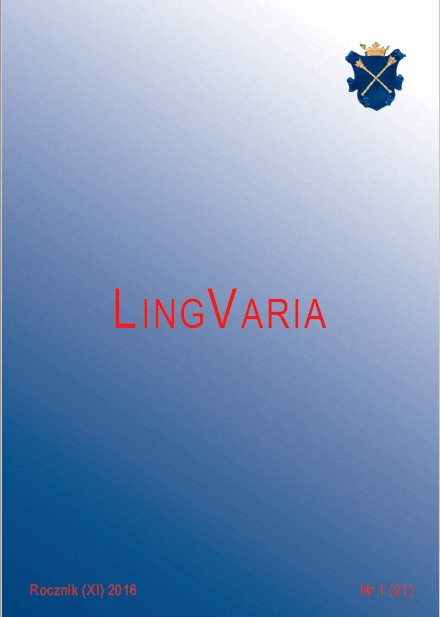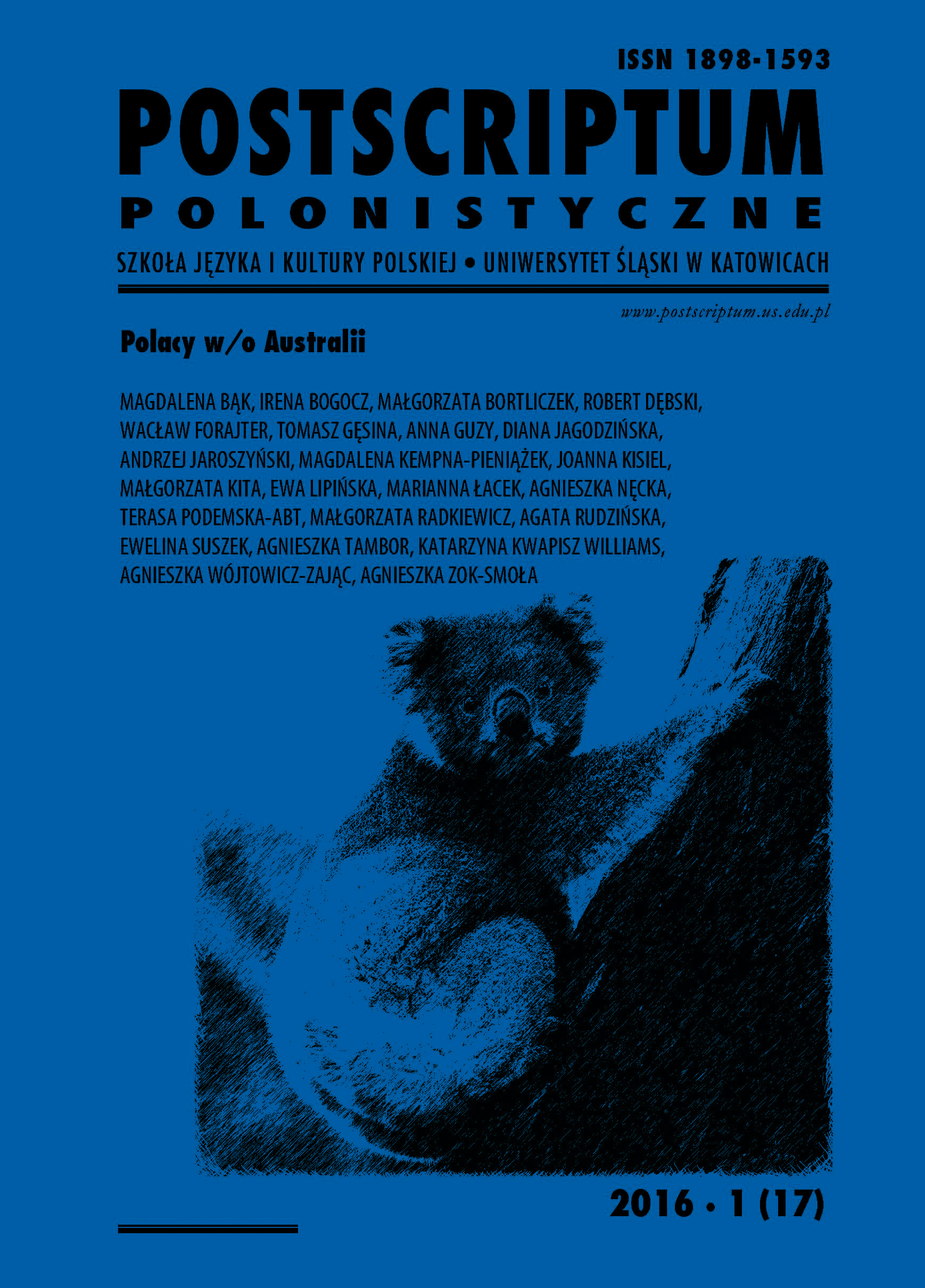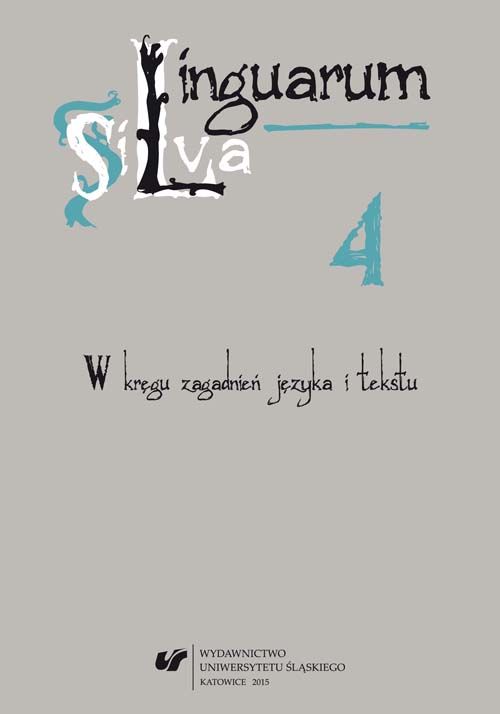
Polskie czasownikowe nazwy głosów zwierząt w ujęciu diachronicznym i dialektologicznym
The subject of this article is how the verbs which refer to animal noises are described from the perspective of diachronic semantics. Based on various lexicographical studies, the authoress is trying to present changes in meaning, which the examined units have undergone. To this end, she focuses primarily on analyzing the left-hand valency position of verbs designating animal voices, according to the assumption that the changes, which the tested units have undergone, relate primarily to their collocation with animal names. Among the verbs discussed here, next to lexemes functioning well in the lexical system of contemporary Polish language, there are also units which disappeared in the process of development of the Polish language. Using dictionaries of slang, the authoress attempts to locate the missing units in dialects of the Polish language.
More...
